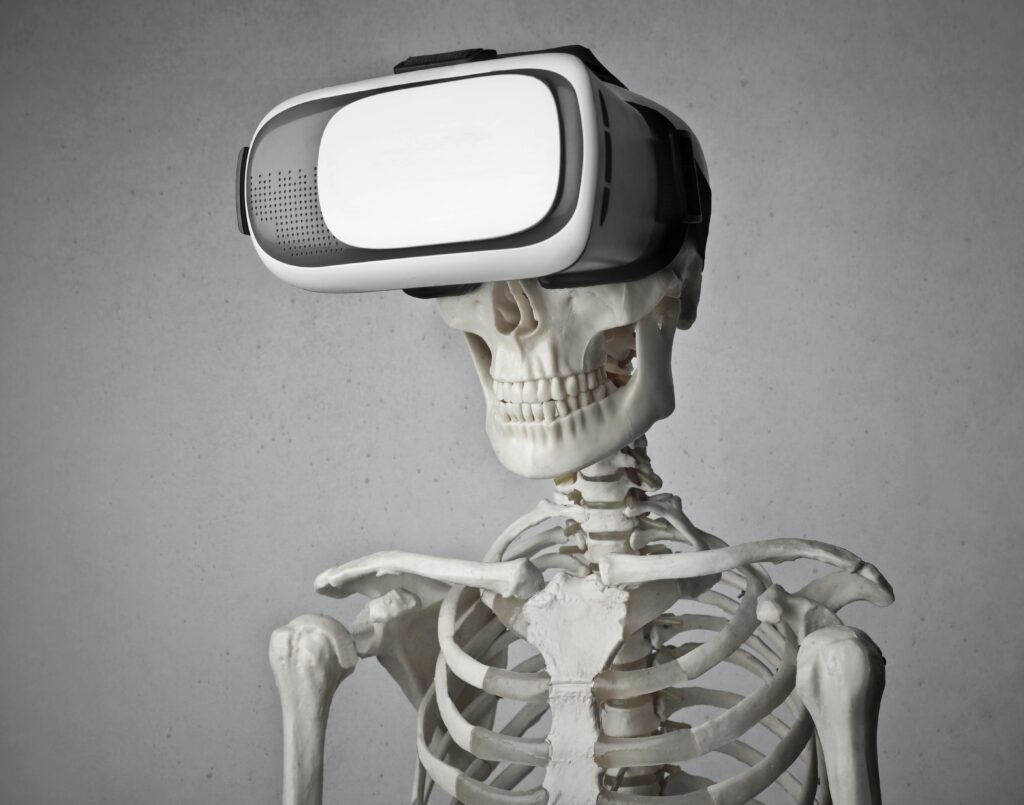Weapons of Mass Stupefaction
Screens and Childhood: An Experiment with Consequences

American sociologist Jonathan Haidt’s latest book, The Anxious Generation, has generated a stir by directly pointing to mobile phones as the cause of declining adolescent mental health. Along the same lines, the Spanish Association of Pediatrics urges delaying screen exposure until age 6. The recent report by the Committee of Experts for the Development of a Safe Digital Environment for Youth and Children echoes this recommendation, adding that, until the age of 16, a mobile device without an internet connection is preferable.
As Dr. Sábada, a Professor at the University of Navarra, points out, observing reality allows us to identify reasons for concern about the impact of mobile phones on mental health. The excessive amount of time spent in front of screens, access to harmful content or risky situations, the FOMO (fear of missing out) generated by constant activity on social media, and the persistent exposure to images of idealized lives and bodies are just some of them.
This concern is also reflected in the media. For example, we recently read an article in El Diario de Madrid by Jorge Hernández, entitled “Adolescence and Digital Dementia.” As you can see, the impact of screens on adolescents is a topical and concerning issue. Therefore, it was a good idea that Miguel Ángel Martínez, a professor at the University of Navarra, published his latest book, in which he sets out an enlightening guide for parents to learn how to manage screen time at home.
This is the title of her new book, “12 Solutions to Overcome the Challenges of Screens” (Ed. Planeta), in which she outlines this short but revealing decalogue dedicated to all parents who want to give their children back a childhood like the one they had, without devices; or at least to minimize their impact at home.
It’s worrying that TikTok, which started slowly, has already taken up much more time than other social networks. Clearly, this is bad news. There are countries like India that have banned TikTok because it’s the most addictive, the one that produces the most screen addiction, and because it has truly perverse algorithms that don’t leave a single free minute for the children who are using it.
These types of platforms are addictive, and the damage is reflected, on the one hand, in mental health problems. On the other hand, in the entire emotional, sentimental, sexual, and romantic sphere, and on the other hand, in intelligence.
We could go into detail about all the mental health problems. Causes of death, such as suicide, have been gaining prominence, although not all completed suicides are reported. It is stigmatized. Some are masked as accidents, poisonings, or overdoses, but they are actually overdoses caused by suicide. There is the whole issue of depression, anxiety disorders, sleep disorders, attention deficit disorder, self-harm, etc.
The argument most often used by parents for giving their children cell phones prematurely and recklessly is “because everyone else is doing it.” It’s a truly weak argument from an intellectual standpoint. We need to consider what is best for my child’s mental and physical health, what is best for their happiness, what is best for their future. Not what everyone else is doing, but what is best according to the best scientific evidence.
There are still people who believe that digital devices will improve teaching, that they have more applications for teaching, because initially they believed that and they had good intentions. What isn’t talked about is that these widespread and passively fascinated digital devices are reducing humanity’s average intelligence. They’re not just weapons of mass destruction, they’re weapons of mass stupidity.
Article published in the Diario de Madrid
 (EN)
(EN)
 (ES)
(ES)
 (IT)
(IT)





